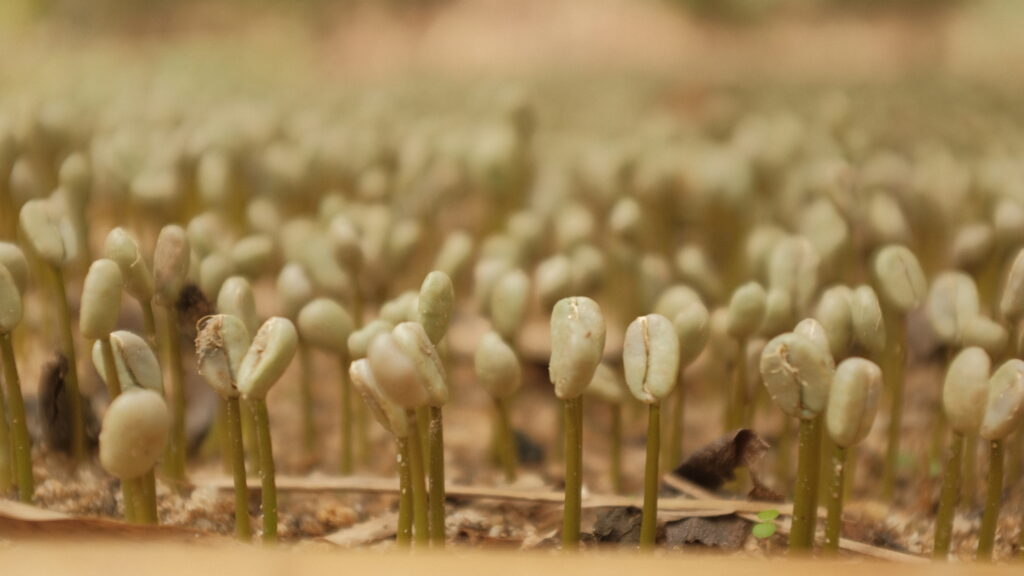Navigating Through Nicaragua
-
Rife with political instability, hardship, poverty, crime, and serious struggle – Nicaragua is at the heart of Central America, facing some of the most intense social issues in the Western Hemisphere. Yet, the country prevails, remaining resilient despite the battles, obstacles, and lack of government support – especially within the many coffee farms dotted throughout the country.
-
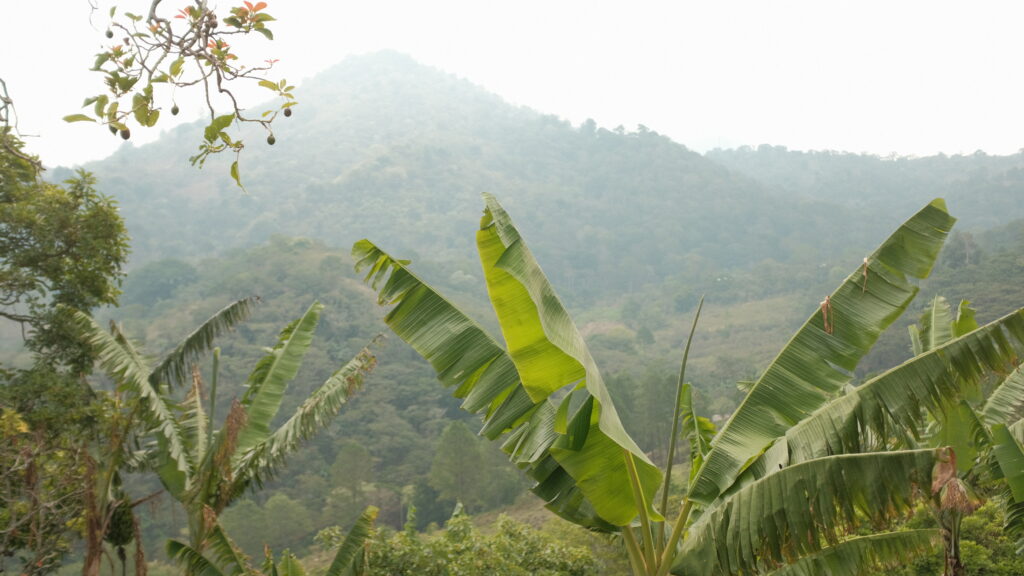
-
After the colonists arrived in the 1800s, coffee also planted its roots and began to grow throughout the land of lakes and volcanoes. The soils were rich with volcanic material, high mountains created ideal climates for coffee. The country won independence from Spain in 1823 and slowly became its own nation. Coffee gradually gained prominence throughout the following century – farms populating the Matagalpa, Nueva Segovia, and Jinotega regions, which are still prominent today.
However, in 1972, a massive earthquake shook the city, killing a significant portion of the population, leaving many without homes. The government failed to properly support the country, which led to a number of civil disputes. Thus, the Sandinista rule came about after an intense revolution and civil war broke out. Many Nicaraguans left the country to flee for safety, abandoning their coffee farms in the wake. The war lasted until the early 90s. People gradually returned, coffee slowly regrowing into its once before prominence. Yet, Nicaragua still struggles, with poor infrastructure and government support, coffee requires assistance from external and private organizations to assist with creating a future for the various communities in Nicaragua.
-
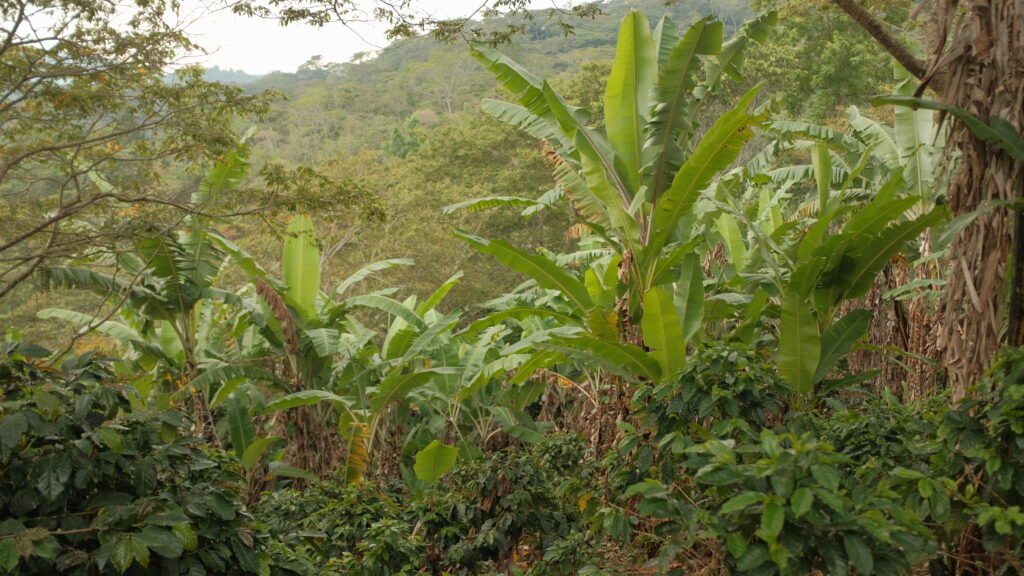
-
Today, coffee is a main crop for roughly 40,000 households, and represents about 8% of the country’s exports (~$558 million). I was unaware of this turmoil and struggle the country had experienced and is still experiencing. My trip to Nicaragua was both eye-opening and shocking. I was eager to help and to find ways to support the communities growing coffee. Join me as I venture to Nueva Segovia, to learn more.
-

-
My plane arrives in Managua, a humid and humble city. I am greeted by a representative from Cafetos de Segovia, our new exporting partners in Nicaragua. The car drives me north to Ocotal, the city just outside of the mountainous Nueva Segovia coffee-producing region. Tobacco farms, mountains, and dry land pass by during this long journey.
I meet with Ana María Albir and her husband Juan Martinez (photographed above with their daughter), who begin the grand tour and educational experience through northern Nicaragua. Ana grew up surrounded by coffee thanks to her father and his farms in this region. She knew all about the trees as a child, but her family had to flee the country during the war. Her father lost some of his land, but one farm, Finca Bethania, remained strong
-
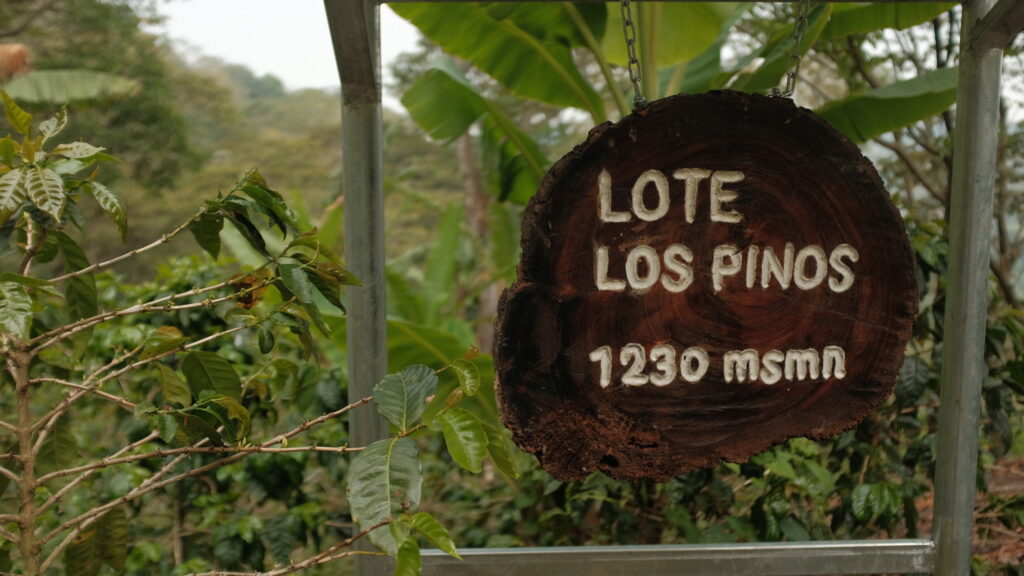
-
We visit Finca Bethania the following day, situated just near the border with Honduras. You could actually look out and see the mountains of Honduras. The farm is perfectly separated into 10 various lots to discern between differing altitudes and varietals. We climb up to see the nursery (photographed below), small coffee trees growing, preparing to be planted in various parts of the farm. It is so lush here, so much vegetation, the coffee trees waxy and dark green. The air was heavy and hot, but the coffee was thriving.
-

-
Next, we ventured to Ana’s cousin’s farm, Finca El Cipres. Isacio Javier Albir Vilchez inherited the farm from his father, and he has been managing the land for about 30 years. He is a fast hiker, helping us navigate the steep slopes and sliding terrain. I learned that he is also an agronomist, with a plethora of knowledge on soil and agronomy. I could tell he understood the land by the beautiful and healthy farm we were traversing. We also visited his small nursery, a compact enclosure constructed out of bamboo with small shoots of coffee growing inside. It was a treacherous journey, and as we gazed out on a slope (photographed below), looking at the Obata and all of the towering pine trees, I realize how much work goes into managing a farm, walking the slopes, and harvesting the cherries, carrying them up the steep mountainside.
-
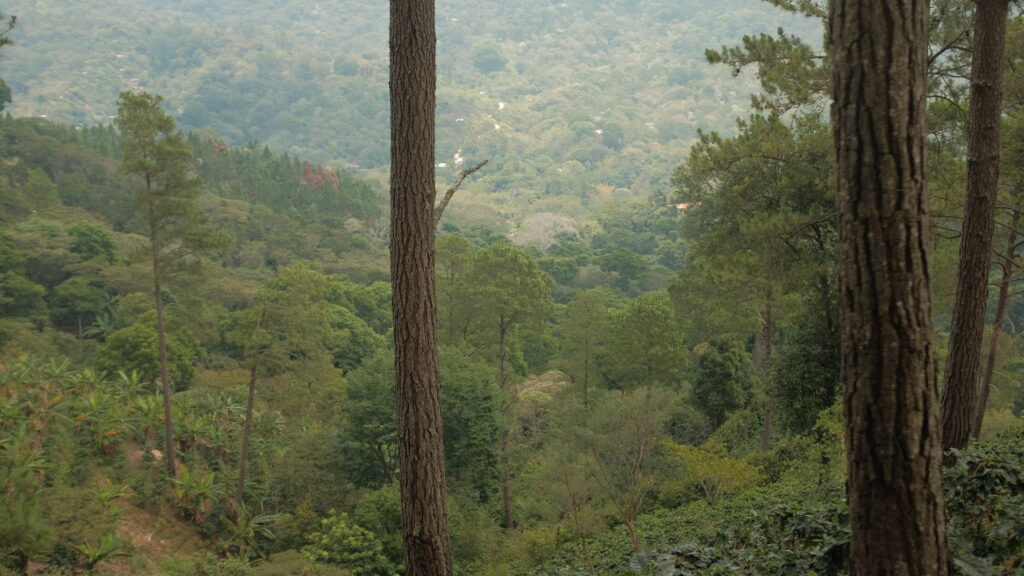
-
Ana mentions to me that much of her family’s land was taken by the government or sold off. It was hard coming back and seeing the change in ownership, but her family powered on, continuing to grow coffee and to start Cafetos de Segovia. Ana and her sister Martha decided to build the mill and create the organization back in 2014. The mill has the capacity to dry coffee on patios, raised beds (photographed below), and in mechanical dryers. There are milling facilities, a lab, and a collection of offices. A truly remarkable achievement for Ana and her family, considering the pain and struggle they went through just decades ago. Today, Ana works with roughly 60 producers, about 15 of which are women. She has agronomists that go out and visit the farms who need assistance, and a lab team who assess the quality of each lot.
Producers generally bring in already processed coffee to be dried and hulled. Ana and her team work diligently to find homes for the lots throughout the world. She even provides financing to some producers who need funds before sales are made. Social projects such as helping local schools have also been a success with roasters working with Cafetos.
-
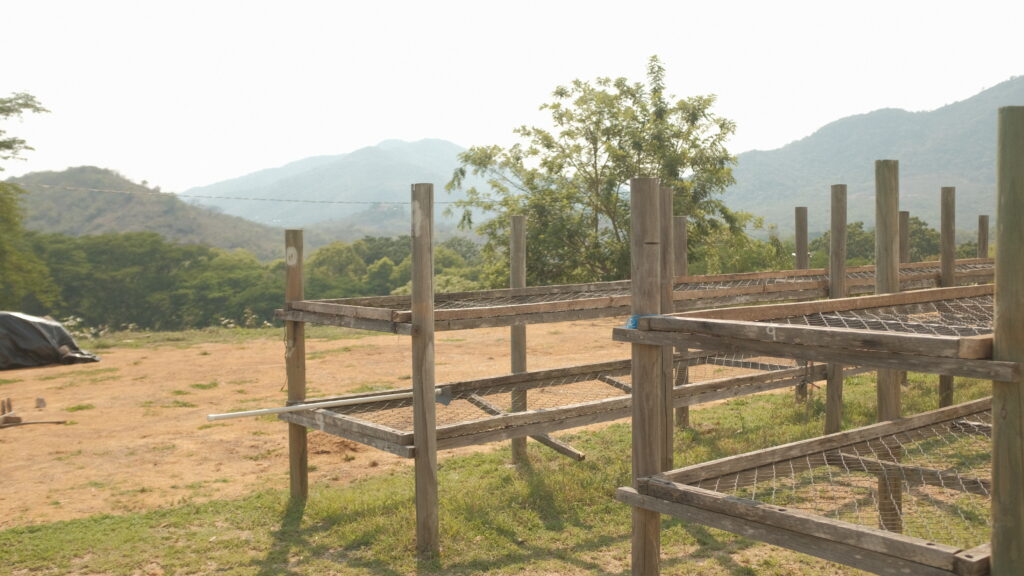
-
The last visit we make for the day is to see Finca Santa Elena, owned and managed by a wonderful woman named Filomena Gradis (photographed below). We greet her at the small wet mill and hop into the truck to head up the mountain. The lot, Linda Vista, is situated high on a steep slope. Rain begins to fall as I learn from Filomena that she has been the owner of Santa Elena for 15 years, after inheriting the land from her father. The whole farm is 7 hectares. I am amazed at her hard work as we look out over the beautiful view, clouds rolling in, banana trees waving goodbye.
-
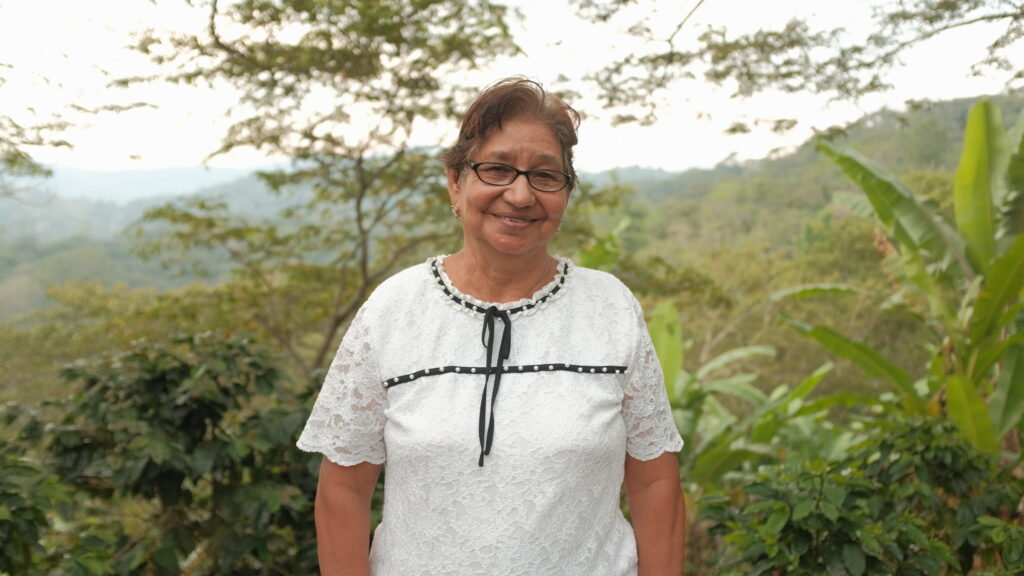
-
The following day, after touring the Cafetos facilities, we ventured deep into Mosonte, a municipality high in the mountains of Nueva Segovia. As we gain elevation, the air cools and grows fresher. We arrive at Ojo de Agua (photographed below) and meet with the farm’s owner, Ali Herrera along the way. His farm is exquisite, jutting high into the mountains, and spreading thick across the inclining land. I found it shocking that people were able to manage the trees and pick coffee on these steep slopes. He has been managing his farm for roughly 12 years, after inheriting the farm from his father.
-
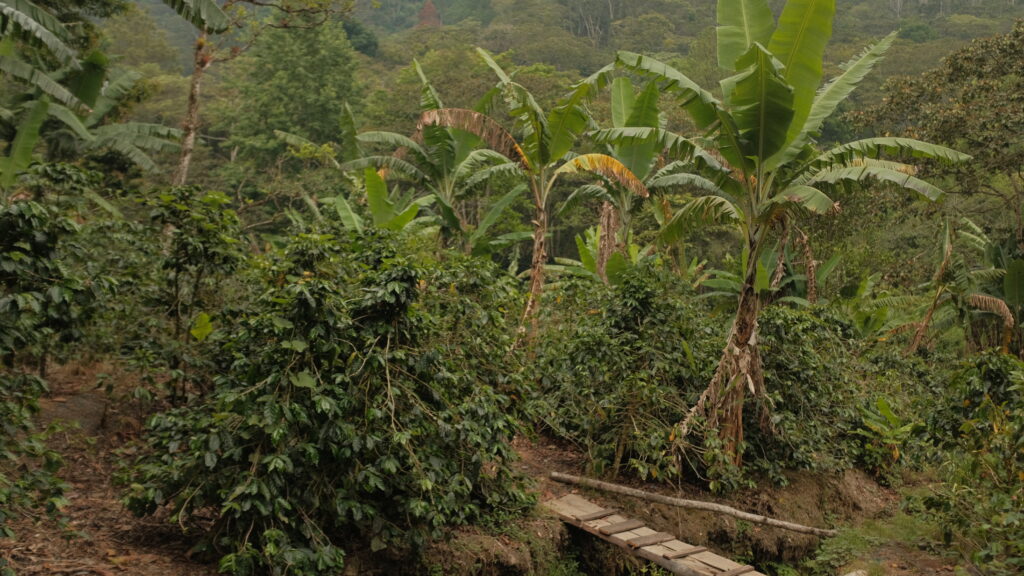
-
We learn about the varietals he grows, Red and Yellow Catuaí, Maracaturra, and Bourbon. He also has a similar nursery for his small coffee trees, an enclosure guarded by leaves and bamboo. Ali (photographed below) mentions that it has been difficult finding work in Nicaragua. He had hired people to work the previous day, and they never showed up. This is a common struggle in Nicaragua and can sometimes lead to cherries rotting on the trees without anyone to pick them. Yet, Ali and his exceptional coffee have won top prizes at the Cup of Excellence competition in recent years.
-
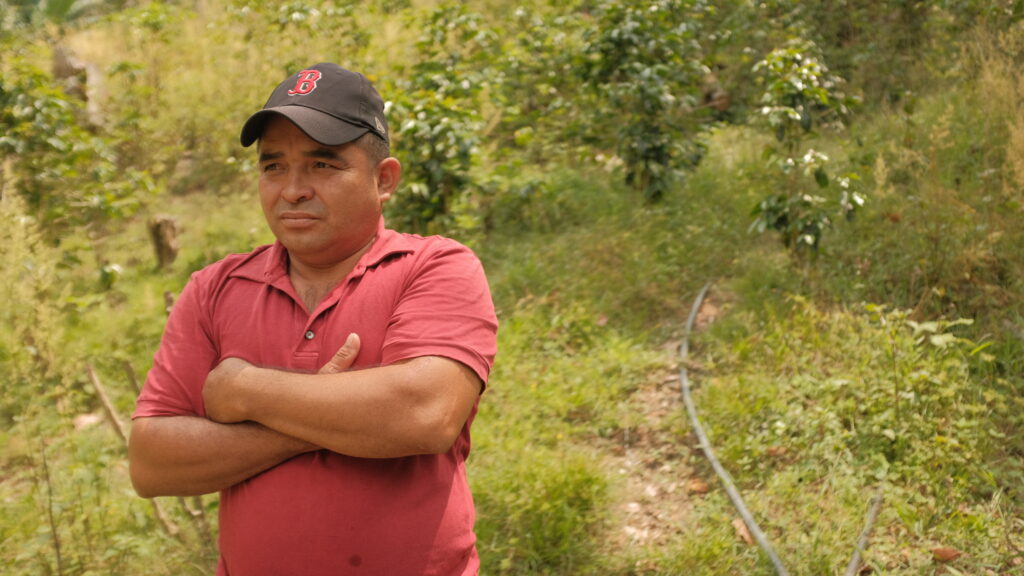
-
As we bid him farewell and wave bye to the collection of dogs dozing at the farm, we clambered back to the car, climbing over a small rushing river. The truck drives a bit further into the mountains next to a small stream. We cross the water and continue into the steep jungle. There are birds and insects chirping, with plenty of lush vegetation. Soon, coffee begins to appear, some riddled with disease, others thriving, we are 1,650 meters above sea level. It is here we see Finca San Antonio (photographed below), a unique farm that is owned by Anjelique Maria Hernandez Lopez, who took over the farm after her husband left to travel to the US.
-
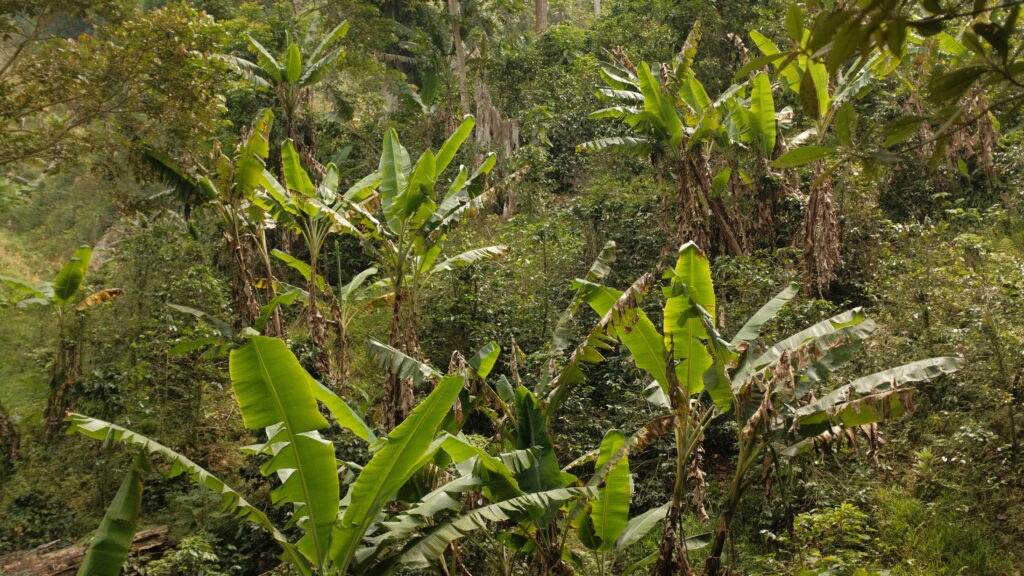
-
The farm was so difficult to access and climb to, I could hardly imagine someone transporting cherries out of this ravine. Yet, it is done, somehow. Anjelique (photographed below) is not at the farm so on our way back to the mill, we stop and say hello. She is shy, somewhat worried looking, but friendly. Her main business is building bricks to sell, her husband was the one managing the farm. So, she has some struggles with growing and selling coffee, but she has a reliable farm manager who guides her.
-
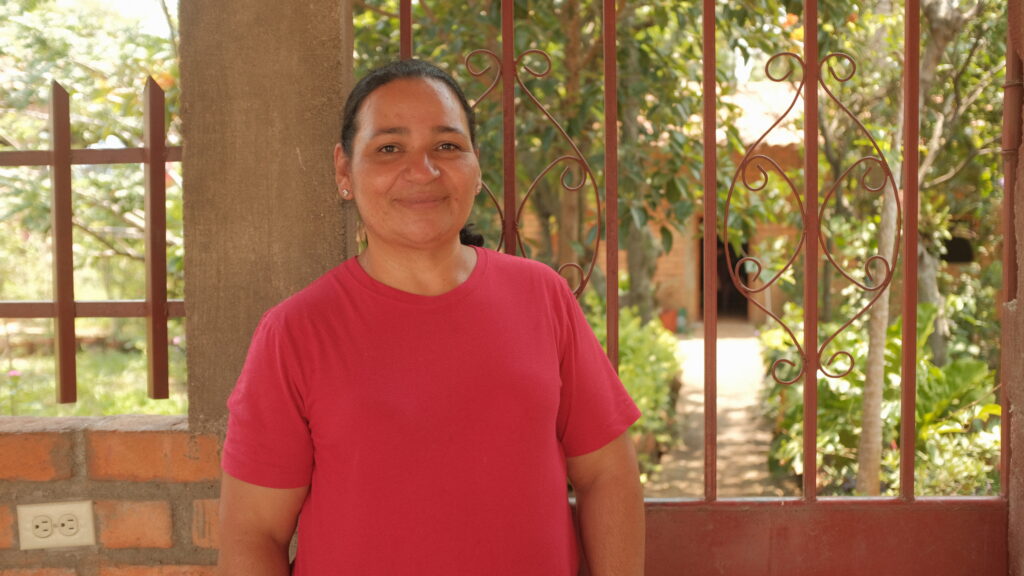
-
As we drive back down through the mountains, the fresh dry air smelling of pine fills the car. I am in awe of these producers, for remaining resilient through the difficulties of war and political turmoil. I am also so appreciative of people like Ana and the staff at Cafetos de Segovia. Their hard work and dedication are contributing to the preservation of coffee farms in Nicaragua. I am eager to see where Nicaraguan coffee will go in the future, and excited to offer some of the Cafetos coffee in both the US and the UK. Enquire today!
-
